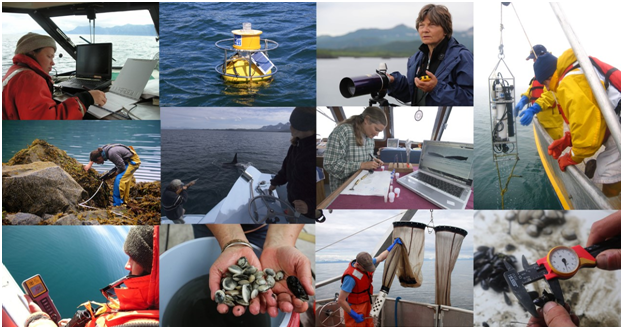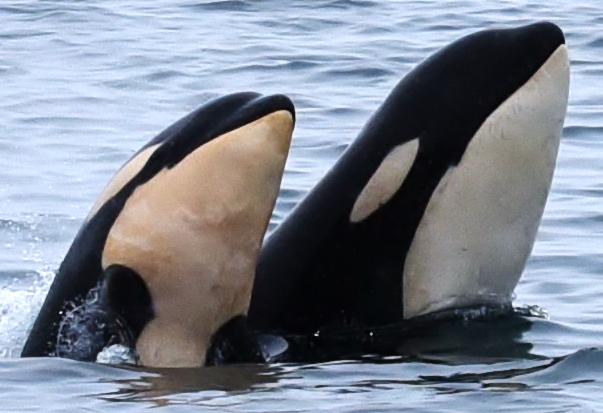Tiny by mighty
Plankton feed whales, birds, and fish
Warmth disrupts it all
Overview
Gulf Watch Alaska’s long-term monitoring program tracks marine ecosystem changes at multiple scales to develop a better understanding of relationships between living organisms and their environment. The monitoring program is comprised of three components: Environmental Drivers, Nearshore Ecosystems, and Pelagic Ecosystems. Each of the components and the projects that make up the components are described under the links to the right. In addition, the program supports a Science Synthesis component that works closely with all monitoring projects to integrate findings, analyze the studies across projects and components, and develop a greater understanding of ecosystem effects across the northern Gulf of Alaska. Findings from this program are shared and utilized by the scientific community, resource management agencies and decisionmakers, spill-affected communities, and the public.
Explore the projects under Environmental Drivers, Nearshore Ecosystems, and Pelagic Ecosystems to learn more about the long-term trends and recent changes in the Gulf of Alaska.
Gulf Watch Alaska is the long-term ecosystem-monitoring program of the Exxon Valdez Oil Spill Trustee Council for the marine ecosystem affected by the 1989 oil spill. The Trustee Council began funding the program in 2012; however, many of the studies have a much longer time series. The current five-year program began in February 2017 and is the second 5-year increment of a program anticipated to span a 20-year period. The current program includes 11 projects within three monitoring components: Environmental Drivers, Pelagic Ecosystem, and Nearshore Ecosystem. We coordinate with our sister programs studying Prince William Sound Pacific herring, and receive support from the data management program.
Why are we monitoring?
Extensive restoration, research, and monitoring efforts have taken place over the past two decades following the Exxon Valdez oil spill, but full recovery is still not complete. Some oil is still lingering in beaches and may continue to affect the environment. With this program, the Trustee Council has committed to long-term monitoring to gain information about the lingering oil and the recovery of species and resources injured by the spill, as well as other factors that may be affecting recovery, such as changing climate, oceanographic and ecosystem conditions. Extensive restoration, research, and monitoring efforts have taken place over the past two decades following the Exxon Valdez oil spill, but full recovery is still not complete. Some oil is still lingering in beaches and may continue to affect the environment. With this program, the Trustee Council has committed to long-term monitoring to gain information about the lingering oil and the recovery of species and resources injured by the spill, as well as other factors that may be affecting recovery, such as changing climate, oceanographic and ecosystem conditions.
The overall goals of Gulf Watch Alaska are to:
- Provide sound scientific information on biological resources and environmental conditions to management agencies, the scientific research community and the general public,
- Identify and help understand the impacts of multiple factors on recovery of resources injured by the 1989 oil spill, and
- Leverage partnerships with state and federal agencies, universities, non-profits and private entities to integrate and provide access to data from broader monitoring efforts in the region.
What are the benefits to researchers and managers?
- 30 years of historic data are being compiled and synthesized with ongoing and future data collection,
- Patterns in environmental conditions for a variety of species (trends in abundance, geographic distribution and community composition over different time periods) can be examined to address questions about recovery from the oil spill and other factors limiting recovery across the Gulf of Alaska and lower Cook Inlet, including climate change,
- All program data are accessible through the project website and Gulf of Alaska data portal for use by other scientists to better understand marine ecosystems and by natural resource managers to better understand the potential effects of management decisions, and
- Data and information products are accessible to teachers for use in the classroom.




